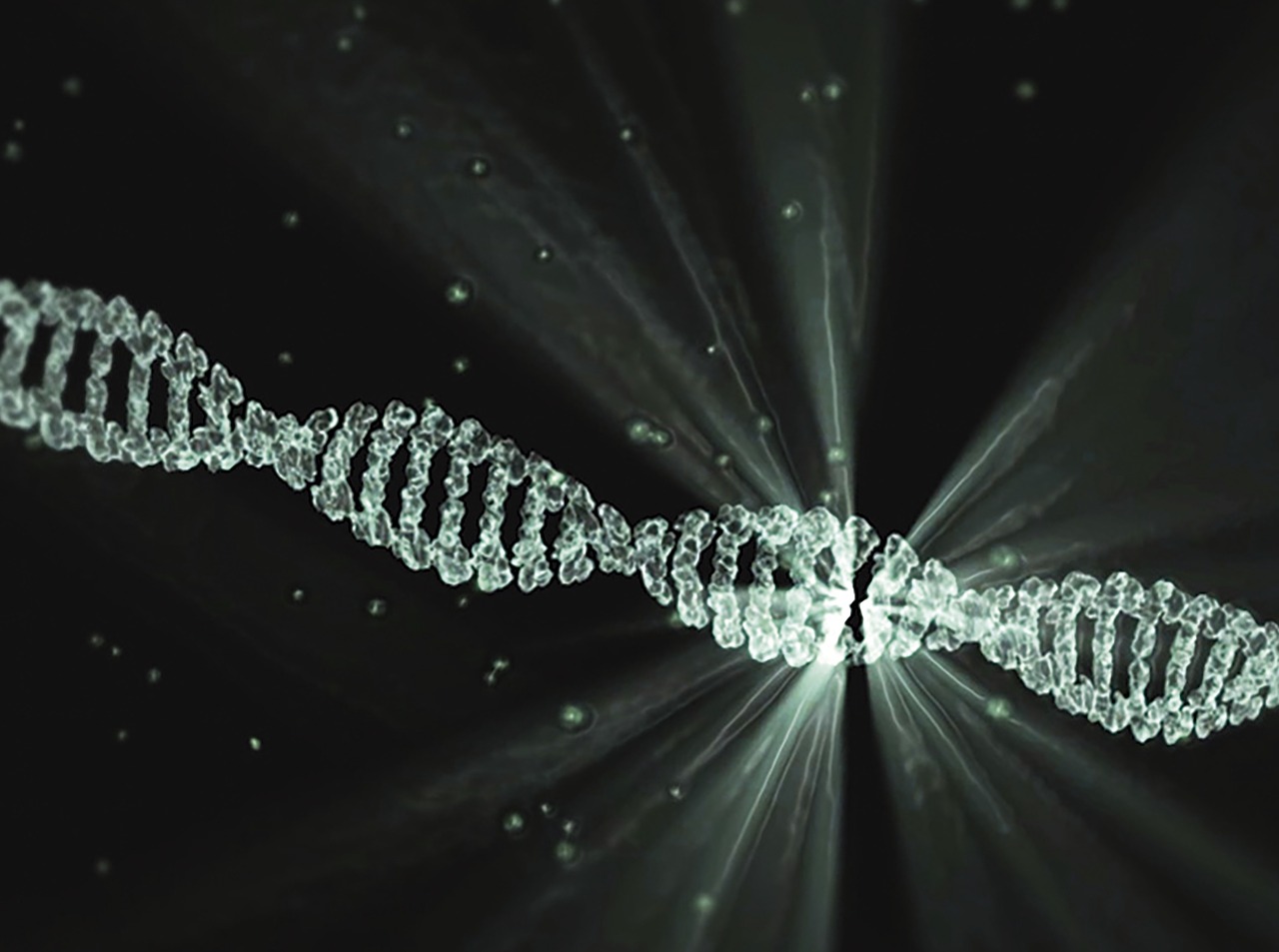A mysterious new form of DNA was recently discovered in human cells. When you think of DNA, the double helix may immediately come to mind, but did you know that DNA doesn’t always assume this form?
According to Live Science, “The existence of one shape of DNA in humans, in particular — a four-stranded knot of genetic code — has been controversial among scientists for years. Because this so-called i-motif loves acidic environments (a condition that scientists can create in the lab but doesn’t naturally occur in the body), many scientists thought that it couldn’t possibly exist in human cells.”
Recent studies have shown that the possibility of this bizarre form of DNA could exist in living humans. Research published in the journal Nature Chemistry has given us the first conclusive evidence that this is so and that it may play a huge role in regulating our genes. Unfortunately, the researchers have yet to find out which genes the folds control or what happens when you disturb the cell so that it becomes unable to form these structures.
Senior study author Marcel Dinger, head of the Kinghorm Centre for Clinical Genomics at the Garvan Institute of Medical Research in Sydney says,
Before this, it was kind of an academic idea that DNA could [fold like this], but it wasn’t known at all what it meant for biology,
and that watching these i-motifs appear in living human cells “was pretty spectacular.”
More than its existence, however, what really fascinated the team was that the i-motifs folded into existence then unfurled, repeatedly. Dinger said that this probably means that the i-motifs play a very specific role in regulating the transcription process — the process that kicks off the translation of genes into proteins when the DNA was just beginning to actively transcribe.
Laurence Hurley, a professor at the University of Arizona and the chief scientific officer of Reglagene, a company that designs therapeutic molecules to target four-stranded DNA like i-motifs, says, “This provides a firm foundation for a major therapeutic effort around these new structures, and it takes away the doubt that people have had [about] whether these structures were real and had any biological significance.”
























